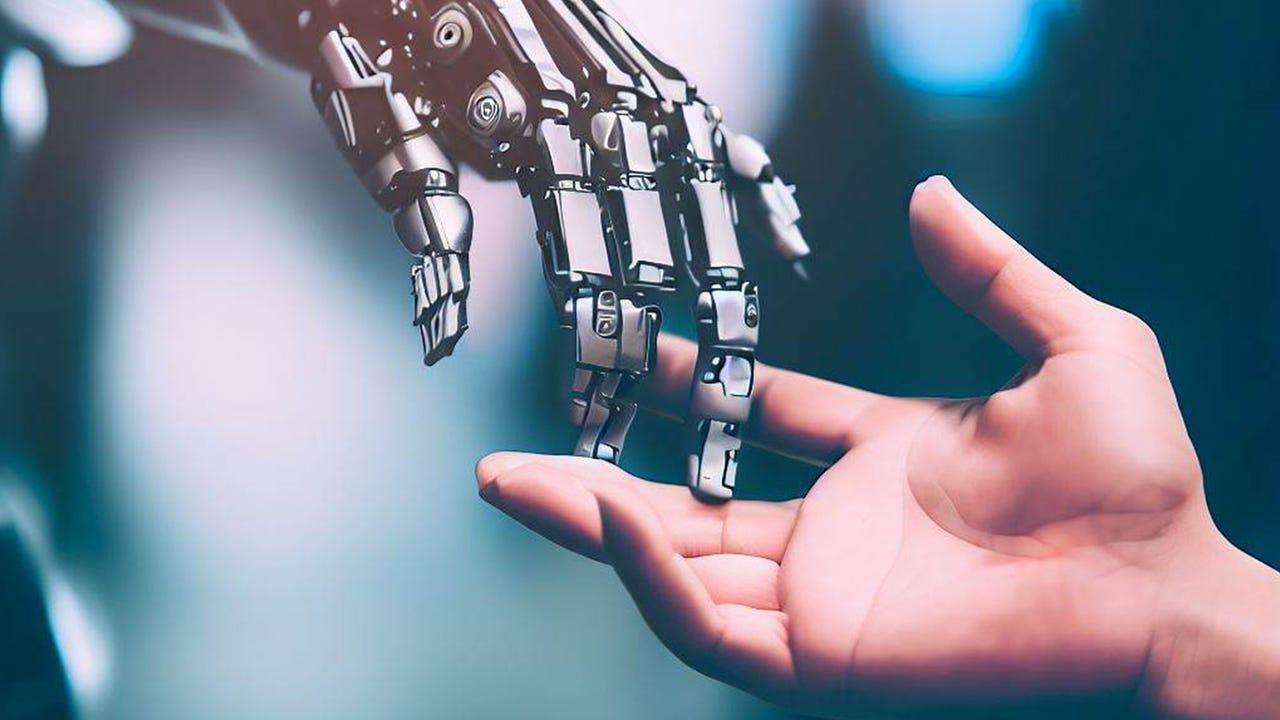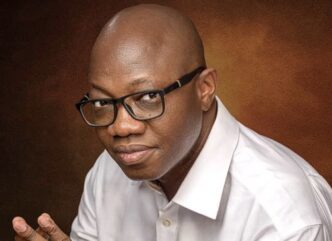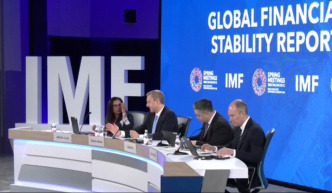BY DAVID BASSEY ANTIA
The fulcrum of this inquiry rests upon a pressing and profound concern, namely: the survival of human intelligence in an era where artificial intelligence (AI) has gained significant traction and ubiquity. The very notion of “survival” evokes a narrative of struggle, an enduring contest for continuity and relevance. Struggle, I insist, is not peripheral to survival; it is for me, its defining essence—its sine qua non.
Survival is, in effect, a function of struggle; the two are deeply interwoven in a dialectical relationship. Each animates, punctuates and reinforces the other. What the mathematicians will refer to as a function of a function – a composite function whereby the output of one function becomes the input of another. The solution to the problem of delay and need for speed has indeed opened our vista of cognition to the problem of lack of mental resilience (the kind of resilience expressed in cognitive hard work) as opposed to shortcuts occasioned by AI.
For those seeking the ideological pedestal upon which this reflection stands, it is this: that the human intellect is increasingly being abdicated in favour of algorithmic substitutes. Where once the mind, which was the locus of creativity and original thought, is now frequently bypassed, with many relying wholly and unwholesomely on artificial intelligence to generate content, construct arguments, and process ideas.
Advertisement
This growing dependency gives birth to a new form of struggle, what I would like to call a cognitive inertia or cognitive passivity, a form of intellectual laziness and or ineptitude—wherein the human mind act like a crawling child, once a walking man but now wrestling to independently conceive and articulate knowledge in a world primed for machine assistance.
Alongside this epistemological crisis is the more tactile, but no less significant, corrosive erosion of handwriting—a skill now endangered by the prominence of overwhelming presence of digital technology. Empirical studies show that prolonged dependence on typing, touchscreens, and voice-to-text interfaces leads to a measurable decline in fine motor skills and legible penmanship. Handwriting is an art, and every art is an expression of the fecundity of the mind.
Beyond being an art, it is also an act, such that requires intricate neuromuscular coordination. As an act, it is not merely manual, it is even more cerebral. The brain initiates and modulates the act of writing through complex interactions between flexor and extensor muscles, governed by neural impulses. What we inscribe on the page is, quite literally, a projection of our neurological state. Hence, the study of graphology treats handwriting as a mirror of cognition and character, a signature of personhood.
Advertisement
To understand the stakes of “survival” in this context, let us have recourse to a historical-biological analogy. Elementary biology teaches us that organs or tissues subjected to frequent use become strengthened and more developed, while those left unused become atrophied and may vanish over generations. This notion was famously articulated by Jean-Baptiste Lamarck in his theory of use and disuse. Though modern genetics has enhanced our understanding of heritability, the central idea endures and is this – disuse invites degeneration. The latter is an unavoidable consequence of the former.
The human appendix, which biologists name a vestigial organ, illustrates this principle. There is a scientific position that the human appendix was once essential in digesting fibrous plant material in our herbivorous ancestors, but now the appendix has shrunk and has lost its utility as human diets have evolved.
The same biological logic applies to the human brain. Though not a muscle in anatomical terms, it suffices for accurate comparison because, just like the muscle, the brain responds dynamically to stimulation or neglect. Intellectual exertion, like physical exercise, cultivates cognitive strength; it sharpens memory, refines analytical faculties, and fortifies neural connections.
Conversely, cognitive inertia or passivity breeds mental stagnation. In previous generations, writing a single essay entailed some significant cognitive process or symphony of thought ranging from synthesising knowledge, recalling ideas, analysing relationships, and constructing coherent arguments. Today, AI tools can perform these tasks with minimal human involvement. The result? Intellectual disengagement is masked as efficiency. Human content is fading, AI-generated content is in surplus, and the demography of analytical citizenship is becoming small in the chart.
Advertisement
We now confront a paradox: a technology designed to augment human cognition increasingly threatens its vitality. The ease with which AI delivers “ready-made” content has turned knowledge production into an exercise in automation. Many thinkers of the Gen Z generation are reduced to passive operators—they prompt, receive, copy and then paste. This process undermines the very essence of thought and thinking, which is not about instantaneous accuracy but about wrestling with ambiguity, grappling with nuance, and etching one’s cognitive signature upon the page.
So I pose the problem this way: What becomes of logos and pathos—of logic and emotion—when both are synthesised not from lived experience and reflection but from predictive algorithms? What is lost when the intimate struggle of thinking is outsourced to machine precision? Writing, at its best, is not merely an act of communication—it is a manifestation of identity. Many would agree with the fact that the art and act of writing is the process of self-definition. Over time, a reader should recognise your voice even before your name is revealed. To relinquish authorship to AI is, in a sense, to vanish from the world of scholarship.
The brain’s struggle is thus not against AI per se, but against the seduction of ease, indeed it is against the slow decay of the disciplines of thinking, writing, and imagining. To forego the rigorous processes that underpin original scholarship is to risk intellectual atrophy. Just as the appendix receded through neglect, so too may our capacity for critical reasoning diminish through disuse.
Within this struggle lies the future of education, creativity, and civic responsibility. It must therefore be asked – are we ready to produce citizens who are not mentally disciplined and resilient? Citizens who cannot engage in the rigour of intellectual analysis need to construct well-articulated thoughts.
Advertisement
If we are to preserve the distinctive brilliance of the human mind, we must resist the impulse to allow AI to replace us. This is not a call for wholesale rejection of technology—far from it. Rather, this writer pleads for moderation, for constructive symbiosis. We ought to wield AI not as a crutch without which our intellectual stamina cannot be impressed, but as a sparring partner, a Socratic gadfly that provokes deeper inquiry.
Artificial Intelligence must remain an assistant, not a surrogate, for human intellect. Overreliance on AI may well produce a generation of citizens ill-equipped to generate original thought, to navigate social, economic and political complexity, or to contribute meaningfully to the marketplace of ideas. If we don’t address this challenge, a time may come, if we are not already in that time, when we long for the age when the mind laboured over ideas, when meaning emerged through imaginative struggle, when writing bore the unmistakable imprint of a living, breathing thinker.
Advertisement
If we are to dignify the gift of thought, we must reclaim the practice of thinking itself.
David Bassey Antia, member of the Faculty of Law, Topfaith University, is the president, Council of Topfaith University Students
Advertisement
Views expressed by contributors are strictly personal and not of TheCable.











